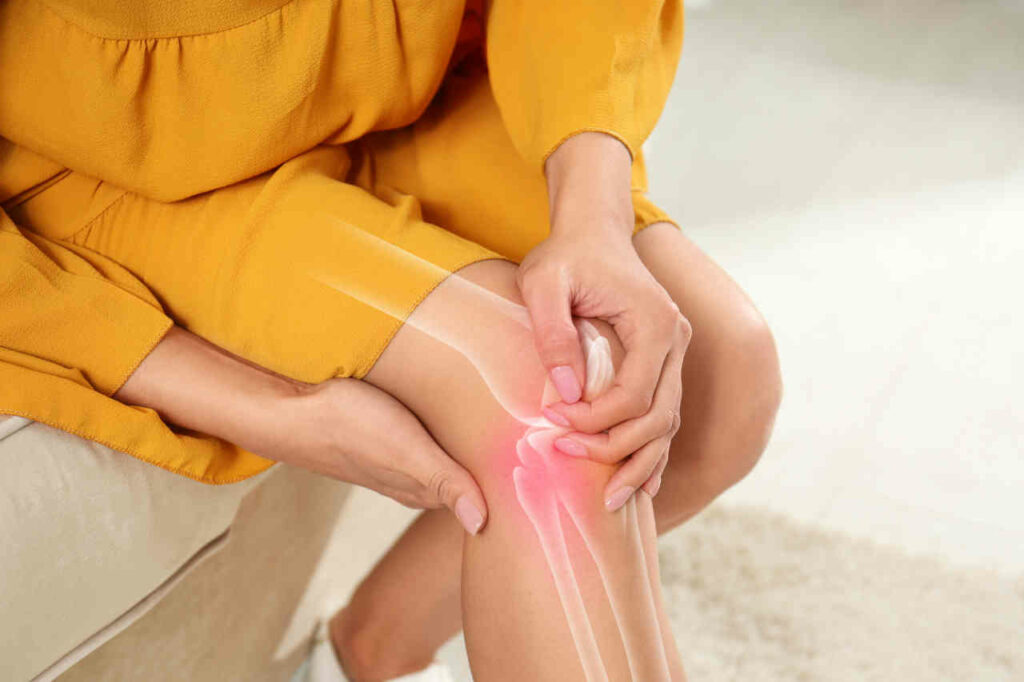Knee Pain Treatment: Comprehensive Approaches for Relief and Recovery
Knee pain is a common ailment that affects people of all ages, often significantly impacting mobility and quality of life. It can arise from a variety of causes, including injury, arthritis, and repetitive strain. Understanding the appropriate treatment strategies is crucial for managing knee pain effectively. This article provides a detailed overview of knee pain treatment, encompassing various modalities from conservative management to surgical interventions.

Understanding Knee Pain
Knee pain can be acute, resulting from an injury such as a torn ligament or meniscus, or chronic, developing over time due to conditions like osteoarthritis or patellofemoral pain syndrome. The treatment approach depends on the underlying cause, severity, and individual patient factors.
Initial Assessment and Diagnosis
Accurate diagnosis is key to effective treatment. This typically involves a physical examination, medical history review, and diagnostic tests like X-rays, MRI, or CT scans to determine the cause of knee pain.
Conservative Treatments for Knee Pain
- Rest and Activity Modification: Reducing activities that exacerbate knee pain is often the first step in treatment.
- Physical Therapy: A personalized exercise program can strengthen the muscles around the knee, improving stability and function.
- Pain Management: Over-the-counter pain relievers, such as NSAIDs (non-steroidal anti-inflammatory drugs), can help manage pain and inflammation.
- Ice and Heat Therapy: Applying ice or heat can reduce swelling and alleviate pain.
- Compression and Elevation: Using knee braces or compression bandages and elevating the leg can reduce swelling and provide support.
Advanced Non-Surgical Treatments
- Corticosteroid Injections: Provide temporary pain relief and reduce inflammation.
- Hyaluronic Acid Injections: Lubricate the knee joint, providing pain relief, particularly in osteoarthritis cases.
- Platelet-Rich Plasma (PRP) Therapy: A newer treatment involving injections of a concentration of the patient’s own platelets to promote healing.
Surgical Treatment Options
Surgery may be considered for knee pain that does not respond to conservative treatments or in cases of severe joint damage.
- Arthroscopic Surgery: Minimally invasive surgery to repair or remove damaged tissue.
- Partial Knee Replacement: Replaces only the damaged portion of the knee.
- Total Knee Replacement: Involves replacing the entire knee joint with an artificial joint.
Rehabilitation and Recovery
Post-treatment rehabilitation is crucial, especially after surgical procedures. Physical therapy plays a vital role in recovery, helping to restore knee function, flexibility, and strength.
Lifestyle Modifications and Home Remedies
Incorporating lifestyle changes can aid in managing knee pain and preventing further injury:
- Maintaining a healthy weight to reduce stress on the knees.
- Regular low-impact exercises like swimming or cycling to strengthen the knee without excessive strain.
- Dietary changes and supplements (such as glucosamine and chondroitin) may be beneficial for some individuals.
Understanding and Managing Arthritis-Related Knee Pain
For knee pain due to arthritis, management focuses on reducing pain, improving joint function, and slowing disease progression. This may involve a combination of medication, physical therapy, and lifestyle changes.
Technological Advancements in Knee Pain Treatment
Advances in medical technology, such as robotic-assisted knee surgery and improved prosthetic joint materials, are enhancing the effectiveness of surgical treatments for knee pain.
The Role of Alternative Therapies
Some individuals find relief through alternative therapies such as acupuncture, chiropractic care, or yoga. However, it’s important to discuss these options with a healthcare provider.
Preventing Knee Pain
Preventive measures can be as important as treatment. This includes proper warm-up and cool-down exercises during physical activities, using supportive footwear, and avoiding repetitive strain on the knees.
The Psychological Impact of Chronic Knee Pain
Chronic knee pain can lead to psychological effects such as depression or anxiety. Addressing these aspects is an important part of comprehensive care.
Navigating Insurance and Cost Considerations
Understanding insurance coverage and cost implications, especially for surgical treatments, is important for patients considering various treatment options.
Conclusion
Knee pain treatment requires a multifaceted approach, tailored to the individual’s specific condition and needs. From conservative management techniques to advanced surgical interventions, the goal is to alleviate pain, restore function, and improve quality of life. Staying informed about the latest treatments and actively participating in the recovery process are key to successfully managing knee pain. As medical science advances, new and improved treatment options continue to emerge, offering hope and relief to those suffering from knee pain.






